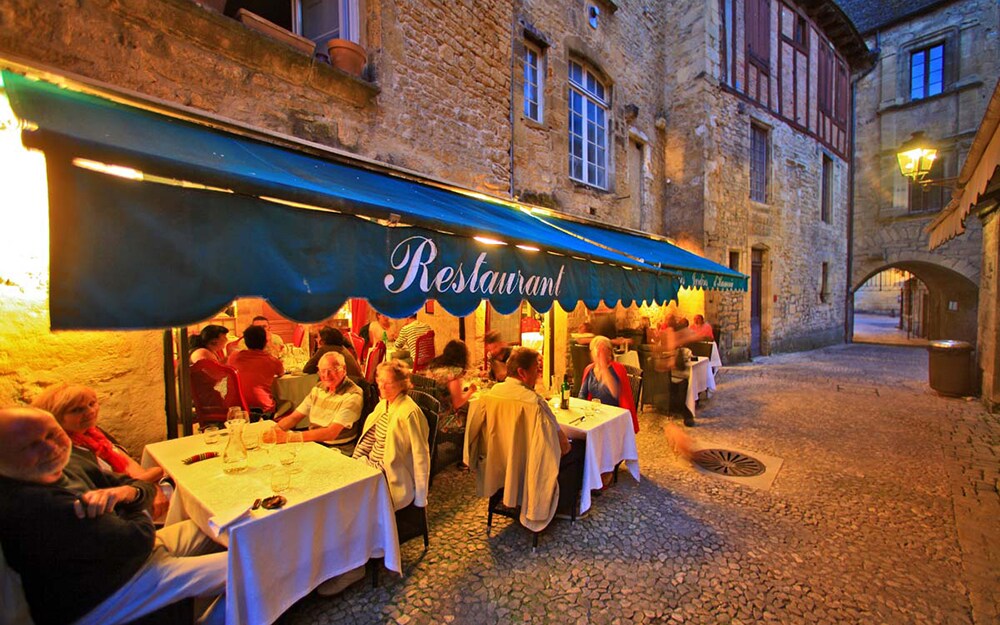Dordogne
WELCOME TO Dordogne
Entry Into Department
Périgueux
9,060 km2
430,000
French

Popular
Geography and Tourist Attractions
Information about the canton's tourist attractions, including popular destinations, events, and activities.
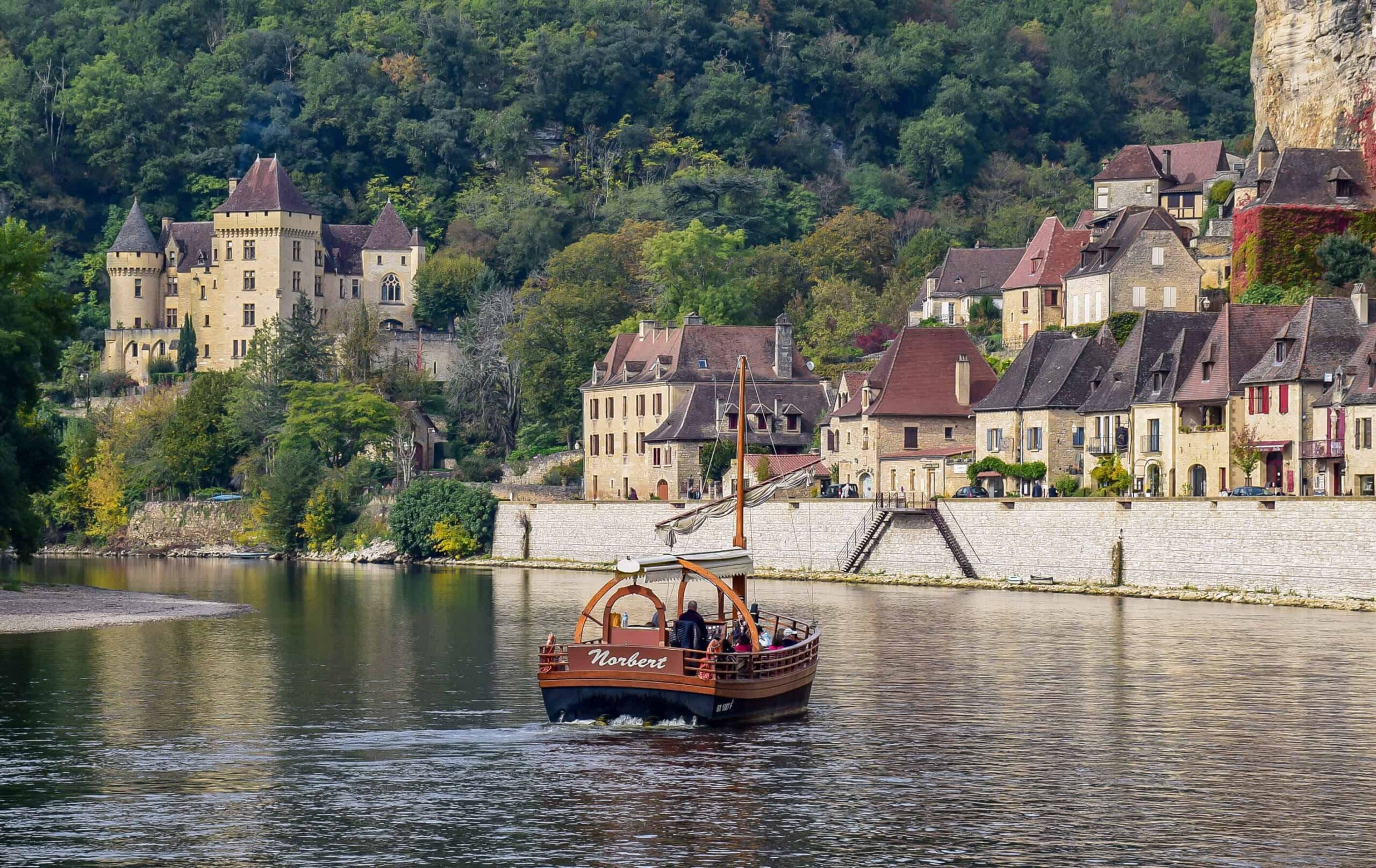
The Dordogne River
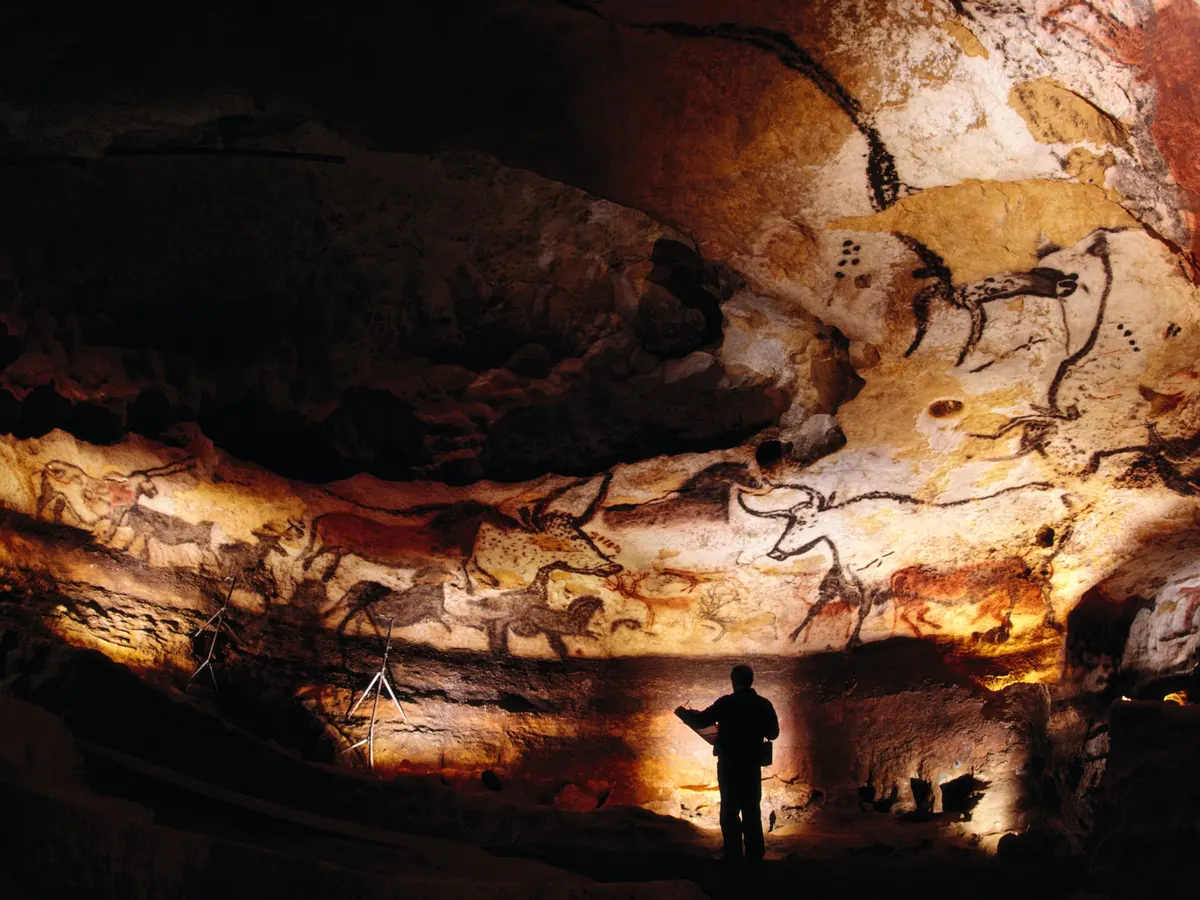
Lascaux Caves

Castles and Medieval Towns
Political
Economy and Government
Dordogne's economy is primarily based on agriculture and tourism. The region is known for its production of wine, foie gras, and other local delicacies. There is also some industry in the region, including food processing and manufacturing.
The government of Dordogne is led by a prefect, who represents the national government, and a departmental council, which is made up of elected officials from each of the region's cantons. The departmental council is responsible for managing the region's budget and overseeing public services such as education and social welfare.
Dordogne is part of the Nouvelle-Aquitaine region, which has its own regional government led by a president and a regional council. The regional council is responsible for managing regional policy and overseeing the region's budget. The Nouvelle-Aquitaine region is divided into 12 departments, including Dordogne.
Overall, Dordogne is a well-managed region with a diverse economy and a strong focus on preserving its cultural heritage and natural beauty. The region's government works closely with local businesses and stakeholders to promote economic growth and ensure that the region remains a desirable place to live, work, and visit.

History
History and Culture
Dordogne has a rich history and culture that dates back thousands of years. The region is home to many prehistoric sites, including the famous Lascaux Caves, which contain some of the earliest known examples of human art. The region was also an important center of Roman influence, and many Roman ruins and artifacts can still be found in the area.
During the Middle Ages, Dordogne was an important center of trade and commerce, with many towns and villages developing around the region's castles and fortresses. Many of these towns, such as Sarlat-la-Canéda, are still well-preserved and offer a glimpse into the region's medieval past.
Dordogne is also known for its rich culinary traditions, including its production of wine, foie gras, truffles, and other local delicacies. The region's markets, such as the weekly market in Sarlat-la-Canéda, are a hub of activity and a great place to experience the local culture.
Overall, Dordogne is a region with a deep and fascinating history and a strong cultural identity. Its unique blend of prehistoric, Roman, and medieval influences, along with its beautiful countryside and rich culinary traditions, make it a fascinating place to explore and experience.
HOTELS
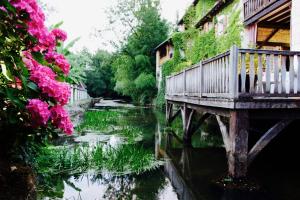
Le Moulin du Roc
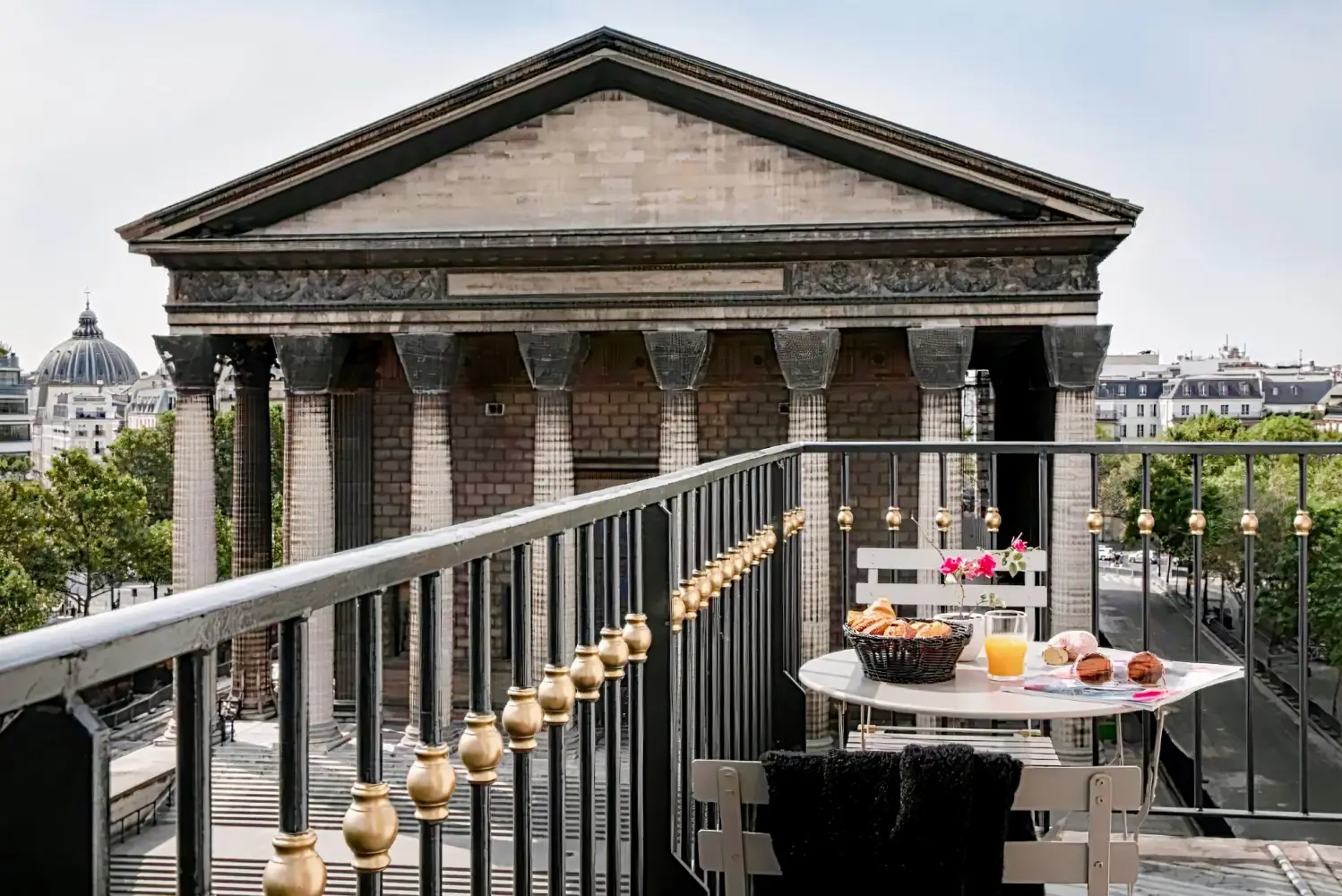
Hôtel Plaza Madeleine
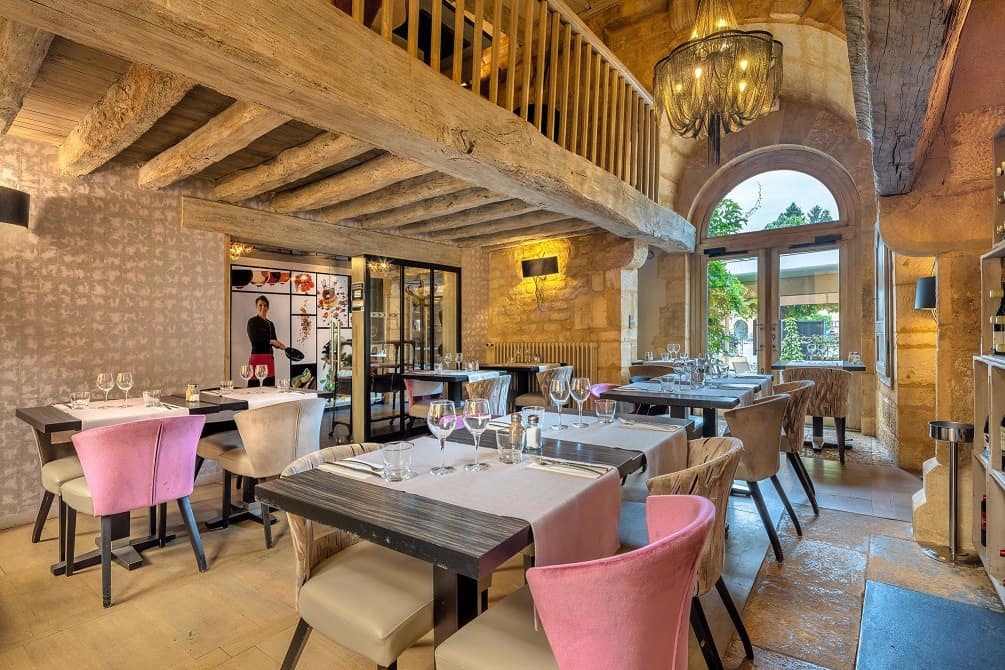
Hôtel la Couleuvrine
RESTAURANTS
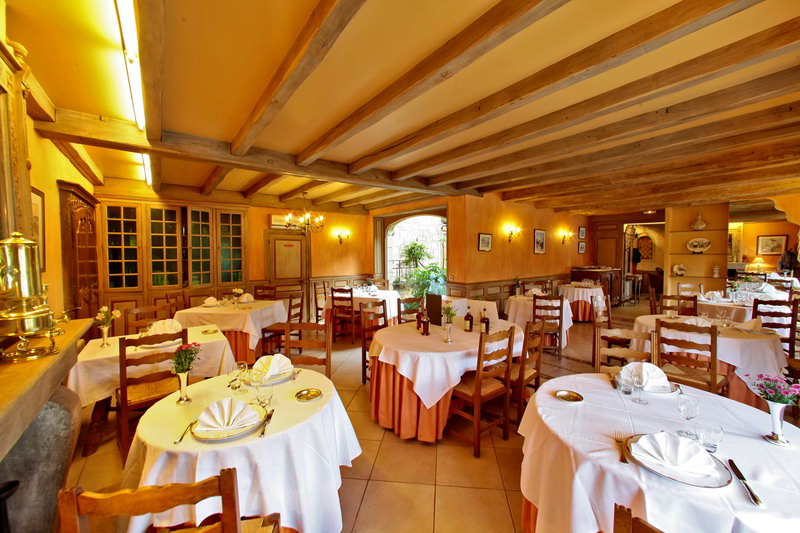
La Belle Étoile
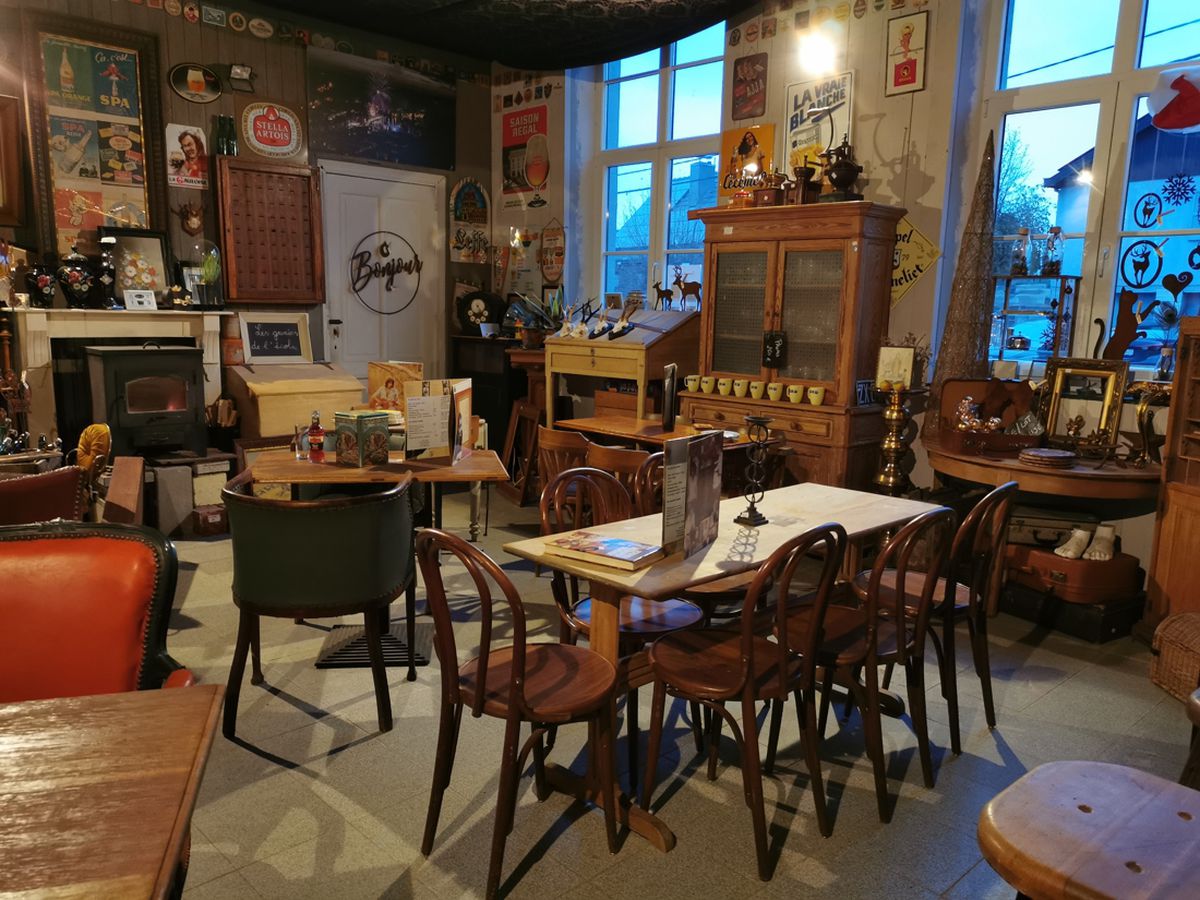
Le Bistrot de l'Ecole
